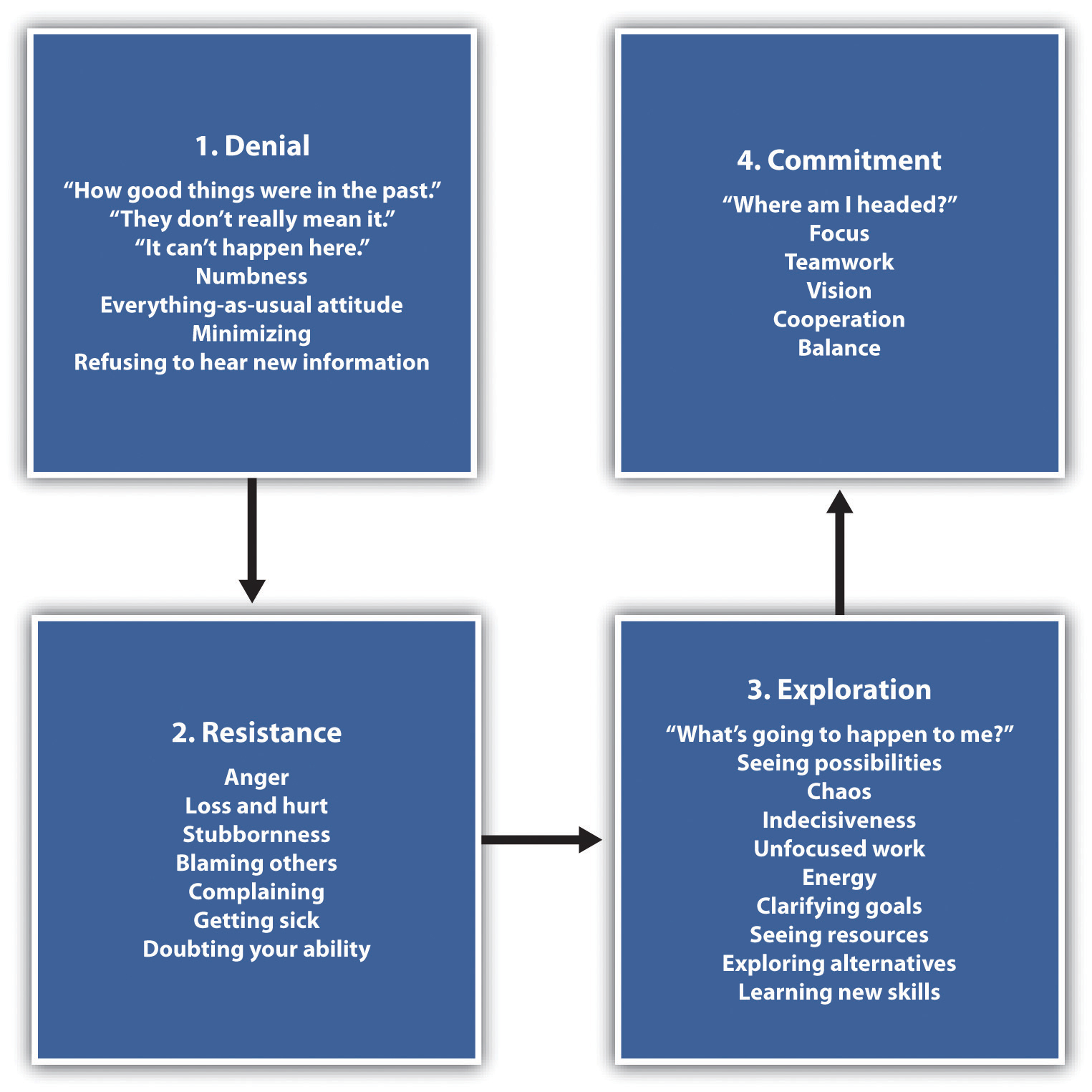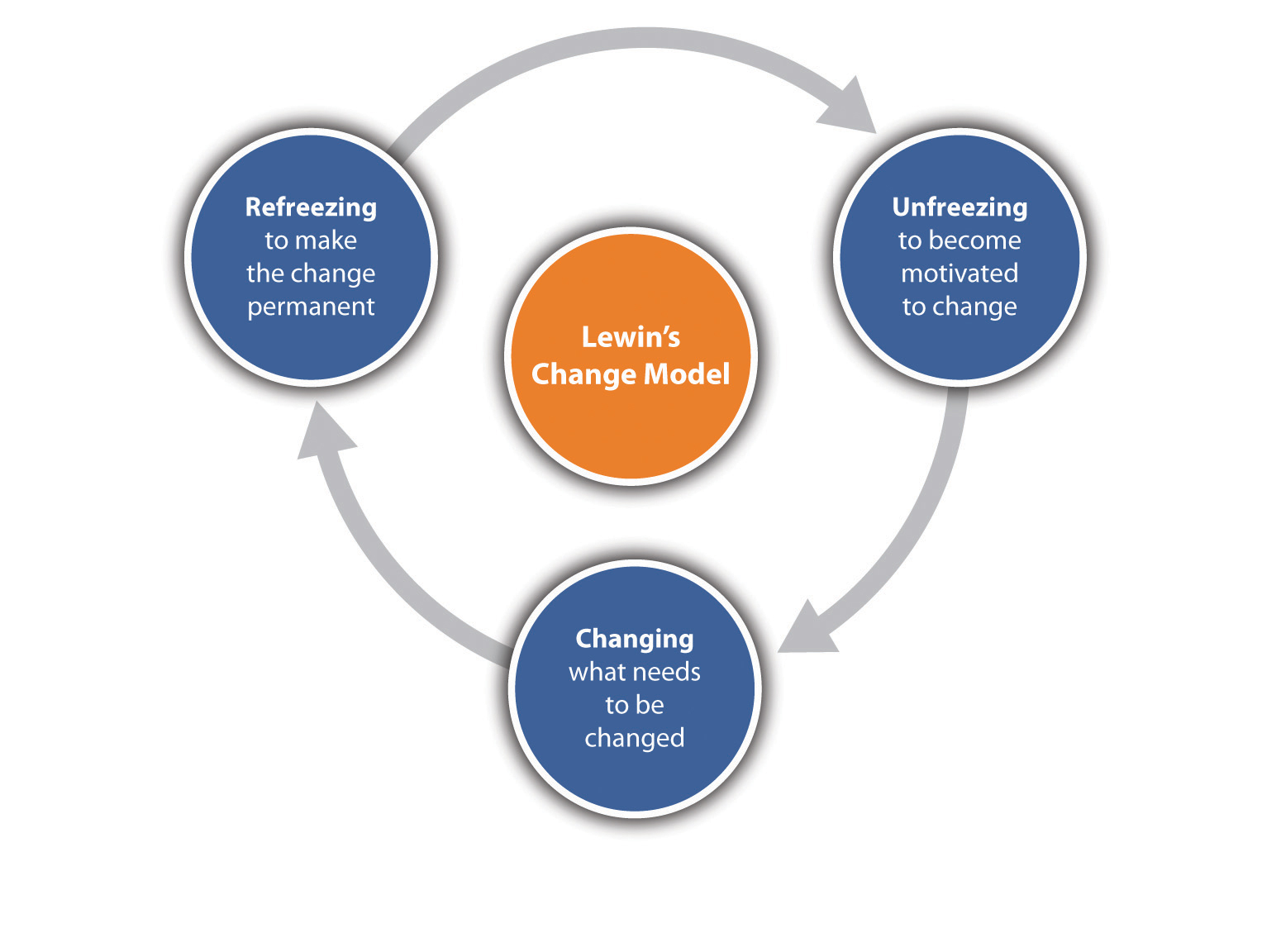As we discussed, our emotional intelligence is the cornerstone for career success. Part of self-management is knowing ourselves and being able to set goals based on understanding our own needs and wants.
Many people end up adrift in life, with no real goal or purpose, which can show lack of self-management. Some people are happy this way, but most people would prefer to have goals that can set the direction for their life. It is similar to going on a road trip without a map or GPS. You might have fun for a while, going where the wind takes you, but at some point you may like to see specific things or stop at certain places, which creates the need for GPS. What happens if you have been driving aimlessly for a while but decide what you want to see is five hundred miles back the other way? A goal would have helped you plan the steps along the way in your trip. Goals are the GPS for your life. Research done by Locke et al. in the late 1960s shows a direct connection between goal setting and high achievement.Locke, Edwin A., Shaw, Karyll N., Saari, Lise M., & Latham, Gary P. (1981). Goal setting and task performance: 1969–1980. Psychological Bulletin, 90(1), 125–52. One of the most popular methods to setting goals is called the SMART philosophyA strategy to use when setting goals; includes goals being specific, measureable, attainable, realistic, and time-oriented.. This includes the following “steps” or aspects to goal setting:
Time-oriented. There should always be a timeframe attached to a specific goal. Most individuals will have longer-term and shorter-term goals. For example, a long-term goal might be to manage a medical lab. In order to meet this longer-term goal, shorter-term goals might include the following:
Within all of our goals, there are shorter-term objectives. ObjectivesThe shorter-term goals we must do in order to accomplish our bigger goals. are the shorter-term goals we must do in order to accomplish our bigger goals. For example, possible objectives for two of the goals mentioned previously might be the following:
Earn a medical lab technology degree
Obtain employment as a medical lab tech
Another effective strategy in goal setting is writing goals down.Locke, E. A., & Latham, G. P. (1990). A theory of goal-setting and task performance. Englewood Cliffs, NJ: Prentice Hall. Why is this so important? First, you are forced to clarify and think about specific goals using SMART objectives. Second, writing goals down can turn your direction into the right one, and you will be less likely to be sidetracked by other things. Writing goals down and revisiting them often can also provide an outlet for helping you celebrate meeting a certain objective. In our previous example, by writing these things down, we are able to celebrate the smaller successes such as earning a 3.7 GPA or finishing an internship.
Research performed published in the Academy of Management journal also suggests that goals are much more likely to be met if the goal is set by the person attaining the goal.Shalley, Christina E. (1995, April). Effects of coaction, expected evaluation, and goal setting on creativity and productivity. Academy of Management Journal, 38(2), 483–503. For example, if Sherry’s parents want her to become a dental hygienist, but she really wants to become an automotive technician, achieving the goal of dental hygienist may be more difficult, because it’s not her own. While this may seem obvious, we can easily take on goals that other people want us to achieve—even well into our adult life. Expectations from our partner, spouse, friends, and social group can influence our goals and make them not our own. For example, if in your group of friends all have the goal of becoming lawyers, we can assume this should be our goal, too. As a result, we may try to meet this goal but be unsuccessful or unmotivated because it isn’t truly what we want.
Another thing to consider about goal setting is that as we change, and situations change, we need to be flexible with them. For example, let’s say Phil has a goal of earning a degree in marketing. Suppose Phil takes his first marketing class but creates a great idea for a new business he would like to start once he graduates. At this point, Phil may decide earning an entrepreneurship degree instead makes the most sense. It is likely, as a result, since Phil’s goal has changed, objectives and timelines may need to change as well.
Revisiting our goals often is an important part to goal setting. One of the most popular examples for rigidity in goal setting was Ford. In 1969, the goal was to develop a car that weighed less than 2,000 pounds and was less than $2,000. This was to be done by the model year 1971. As you know, this was a very short time to reengineer and redesign everything the organization had done in the past. Ford met their goal, as the Ford Pinto was introduced in 1971.Why Goal Setting can Lead to Disaster. (2012, May 15). Forbes Magazine, accessed May 15, 2012, http://www.forbes.com/2009/02/19/setting-goals-wharton-entrepreneurs-management_wharton.html However, due to the rush to meet the goal, common safety procedures were not followed in the development process, which resulted in disaster. Engineers did not look at the safety issues in placement of the fuel tank, which resulted in fifty-three deaths when the car went up in flames after minor crashes. While this is an extreme example, revisiting goals, including timelines, is also an important part of the goal-setting process.
This animation discusses goal setting and gives tips on how to set goals that are more achievable.
In a 2005 studyKnight, Jennifer. (2005). Exploring emotional intelligence and IQ: Comparing violent and non-violent criminal offenders. Dissertation, accessed May 16, 2012, http://proquest.umi.com/pqdlink?did=913522881&Fmt=7&clientId =79356&RQT=309&VName=PQD that compared violence and emotional intelligence, inmates were divided into nonviolent offenses and violent offenses. When emotional intelligence was measured, there was a clear difference between emotional intelligence deficiencies and violence as a vehicle to act out emotions. This, of course, is an extreme example, but it proves the point: the ability to understand our emotions allows us to be better prepared to handle those emotions appropriately, which in turn can create success personally and at work. It allows us to create coping tools to deal with emotions such as anger and frustration.
The ability to manage ourselves helps us handle our emotions but also allows us to handle ourselves in other ways. For example, practicing self-management can teach us how to forgo immediate gratification to meet our goals, a necessary skill to create the kind of life you want. Time management, handling change, and other skills allow us to be successful personally and professionally.
Social awareness is a skill that helps us to see how we are affecting others. Often, we can get too tied up with ourselves and we fail to notice how another person is feeling. Someone who “gets” the social cues, for example, can develop positive working relationships and motivate people.
Relationship management can help us foster skills that help us maintain good working relationships with others. Learning how to handle conflict and communicate well are necessary skills to have a successful marriage, relationship, friendship, and work relationships.
All of these skills are part of every chapter in this book, as the core of a successful career and a happy work life is emotional intelligence skills.
Part of reaching goals also refers to our ability to manage our time. This is also part of emotional intelligence, specifically, self-management—the ability to understand what needs to be done and appropriately allot time to achieve our goals. Time managementRefers to how well we use the time we are given. refers to how well we use the time we are given. In order to meet our goals, we must become proficient at managing time. Common tips include the following:
Effective time management can help us manage stress better but also ensures we can have time to relax, too! Making time management a priority can assist us in meeting our goals. Another important part of career success and personal success is the ability to deal with change, another aspect to emotional intelligence.
As we discussed, the ability to set goals is part of emotional intelligence. Perhaps equally as important, being flexible with our goals and understanding that things will change—which can affect the direction of our goals—is part of being emotionally intelligent.
Dealing with change can be difficult. Since most businesses are always in a state of flux, for career success, it is important we learn how to handle change effectively. But first, why do people tend to resist change? There are many reasons why:
When a change occurs or is occurring, people are likely to experience four phases associated with that change. First, they may experience denial. In this phase, they do not want to accept the change nor do they want to move on to the future. In the resistance phase, people may feel angry or hurt. They may wistfully think about how great things were before the change. In the third phase, exploration, the person may begin to accept the change but with some reservations. In this phase there may be confusion as people start to clarify expectations. In the commitment phase, people have accepted the change, understand how they fit with the change, know how the change will affect them, and begin to embrace it. For example, assume Alan is an expert on the company’s most popular product offering, a special computer program used for accounting purposes. He is the organization’s top seller, with many of his commissions coming from this product. However, the company has just developed new accounting software, which has much better features for customers. He might find this adjustment difficult because he is comfortable with the current software, and it has been lucrative for him to sell it. Here is how he might go through the phases:
As you can see in this example, Alan’s resistance to the change was because he didn’t understand the need to change at first and he was worried about how this change would affect the value of his skills.
Because of technology changes and the fact that many companies have global operations and the need for businesses to be agile, change is a constant force affecting business. Be positive about change and accept it as a necessary part of our work life. We cannot expect things to stay the same for very long. The better we can get at accepting change, the more successful we will likely be in our career.
Figure 2.2

This figure depicts the common process people go through when experiencing change. At each phase, the employee will have a different set of feelings. Leadership can go a long way to helping people understand the need for change, the reason for change, and explaining how the change will affect the employee.
Many a theory has been written about how people undergo change, but one of the more popular models is Lewin’s Model on Change.Lewin, Kurt. (n.d.). Frontiers of group dynamics. Human Relations, 1, 5–41. His model proposes three main phases to handling change:
Figure 2.3

Lewin’s Change Model suggests there must be a motivation to change before a change can take place.
When we become comfortable with change, we are able to allow change into our professional lives. Often, people are too afraid for various reasons to go after that promotion or a new job.
This short video explains how Lewin’s Change Model works. Willingness to change is necessary for career success!